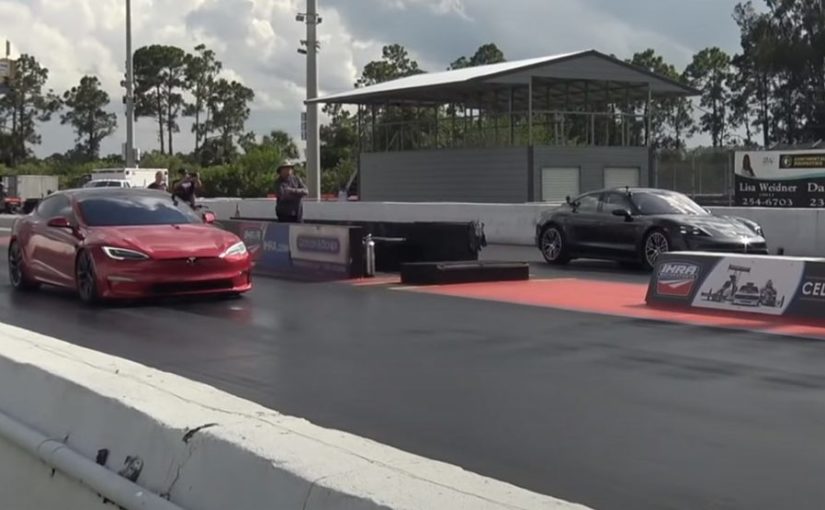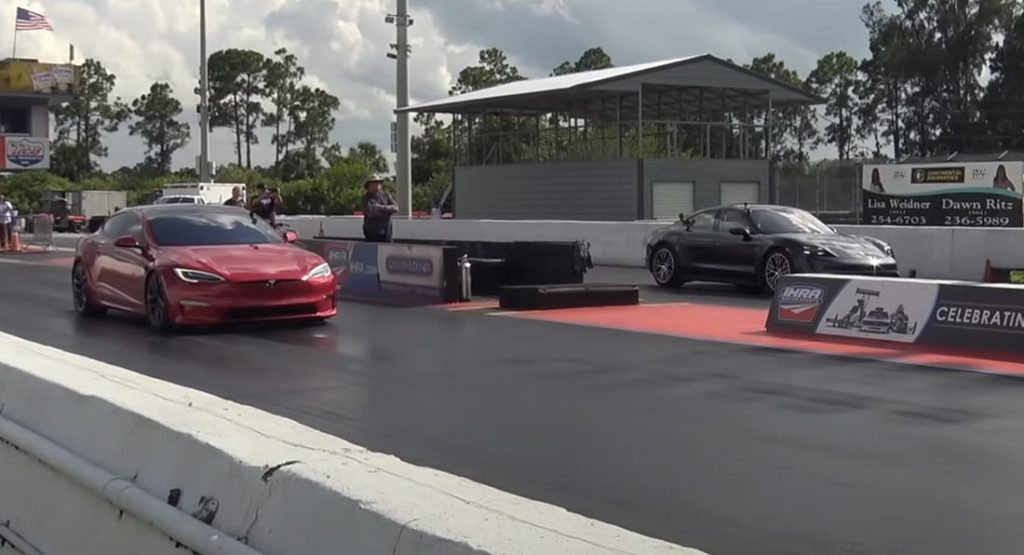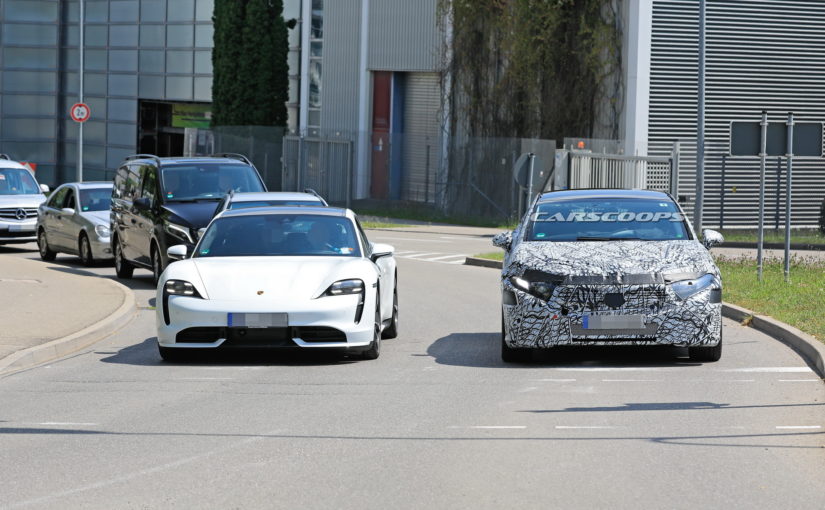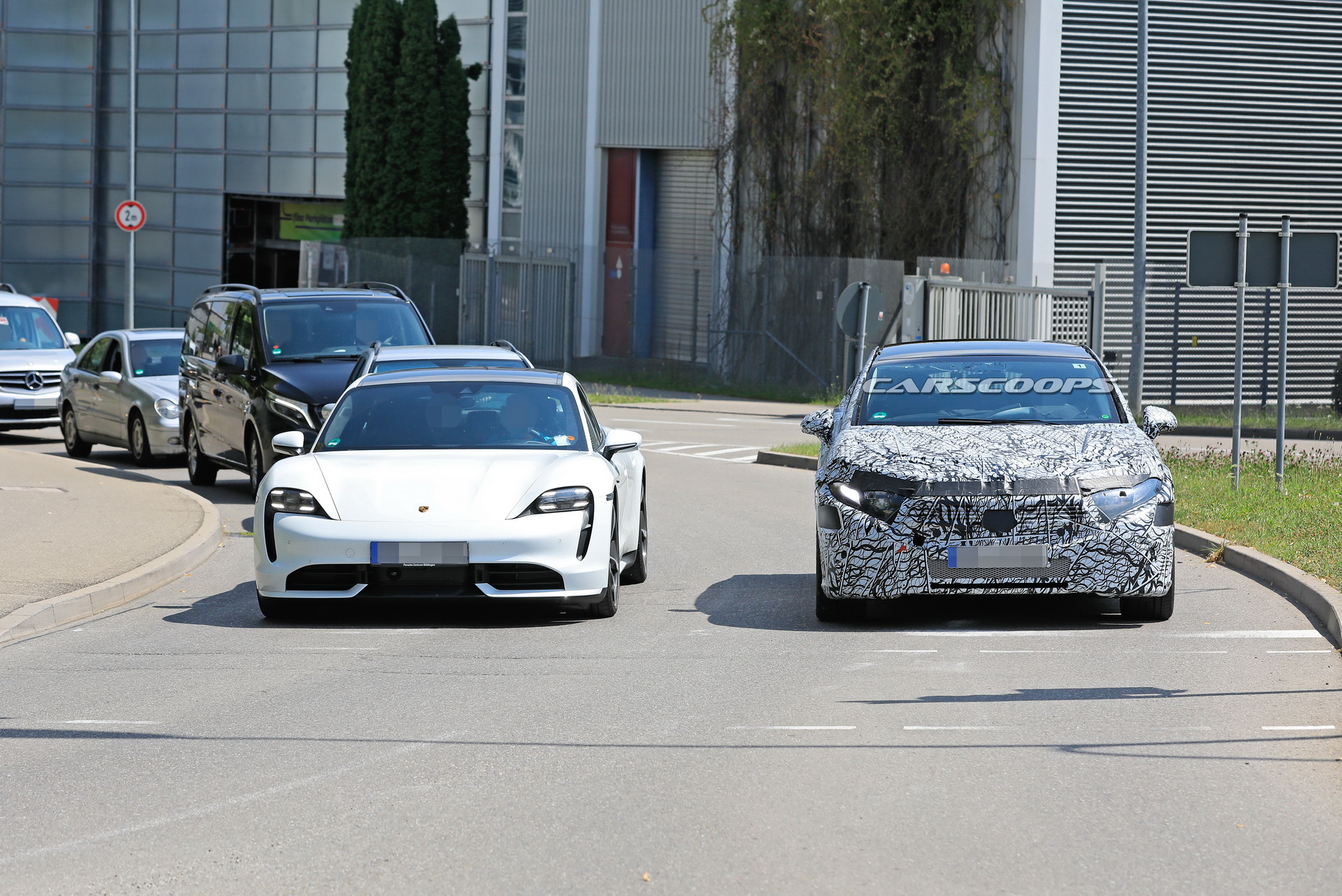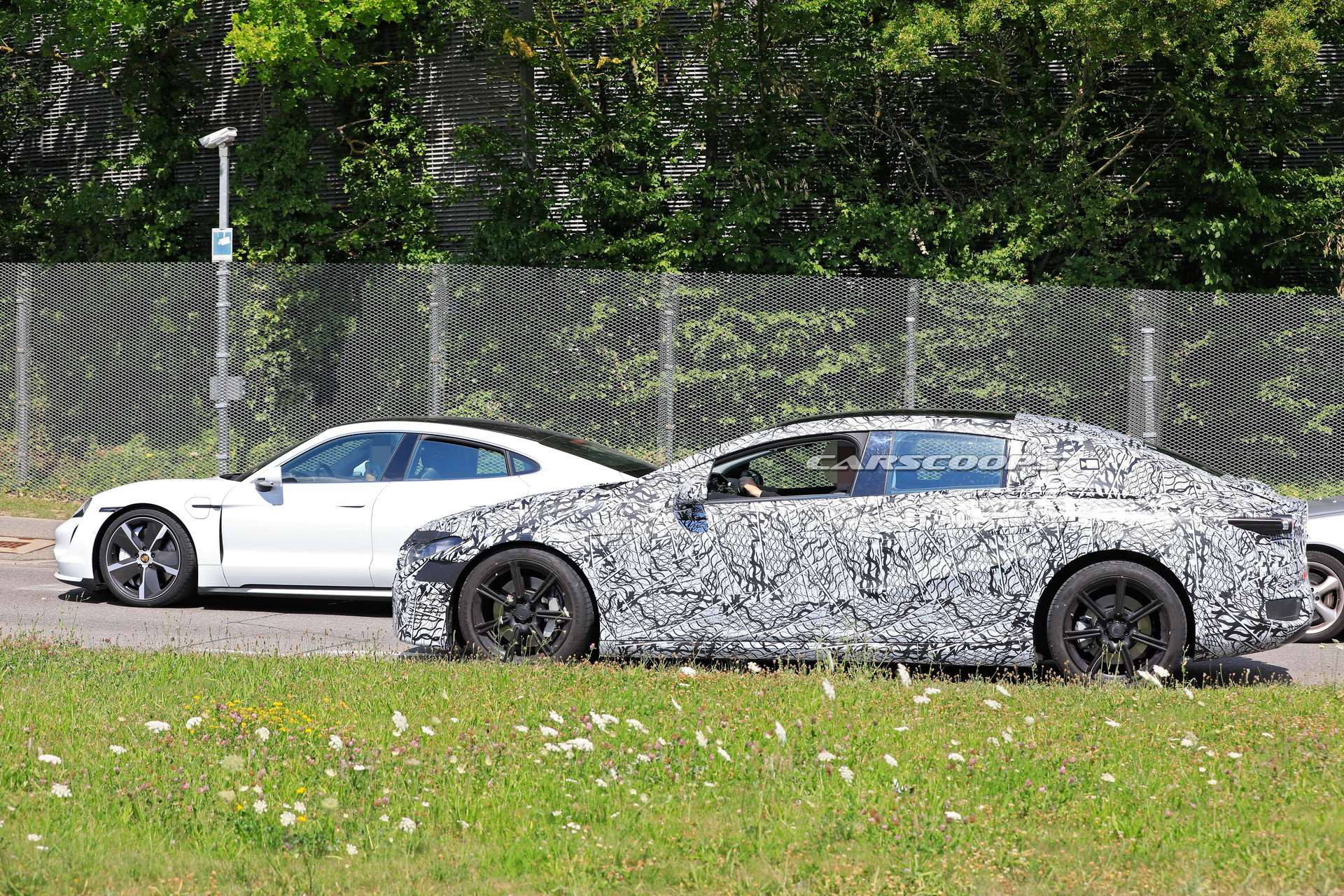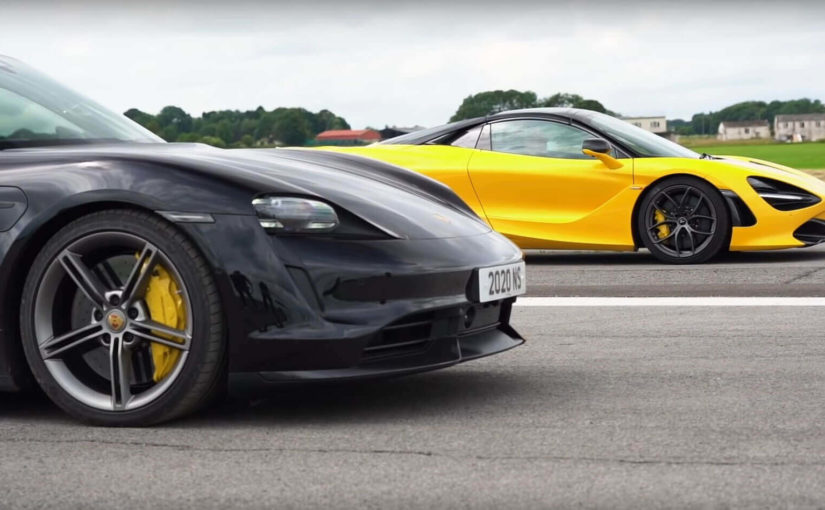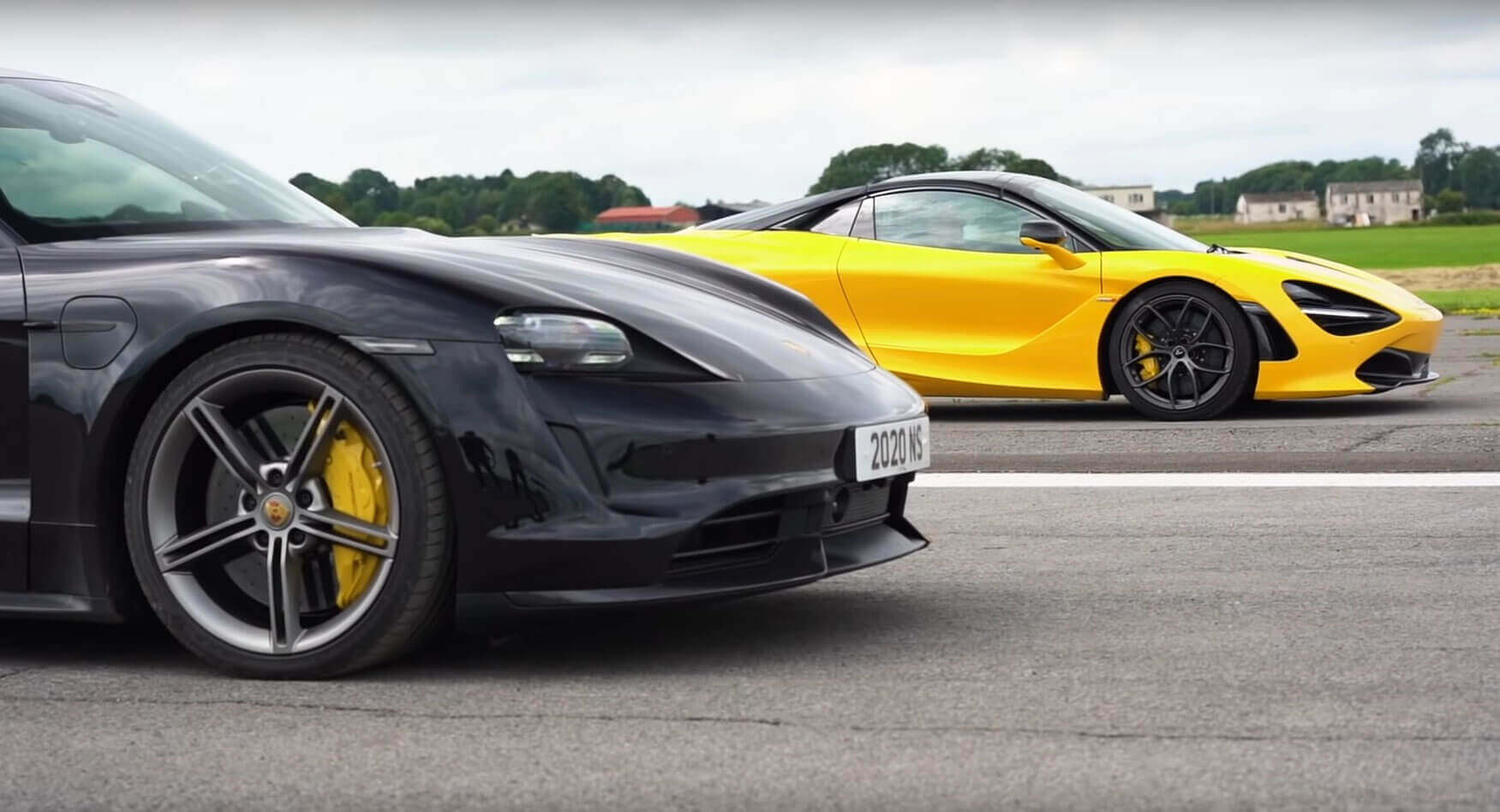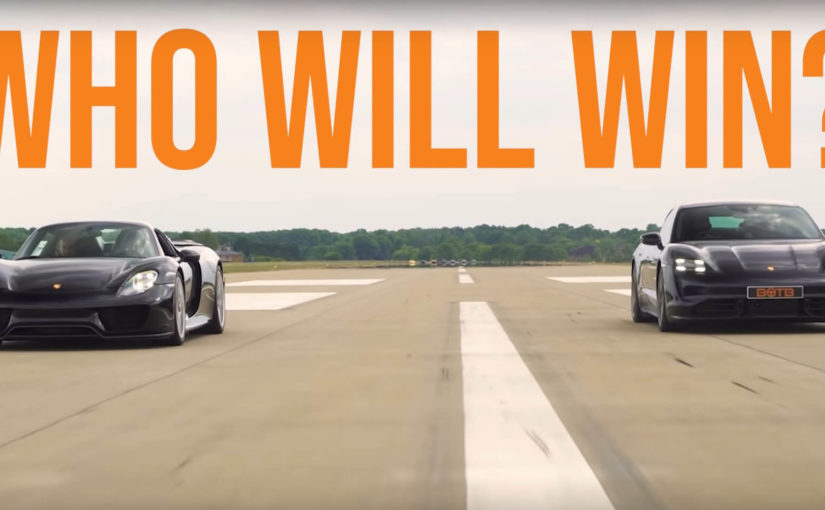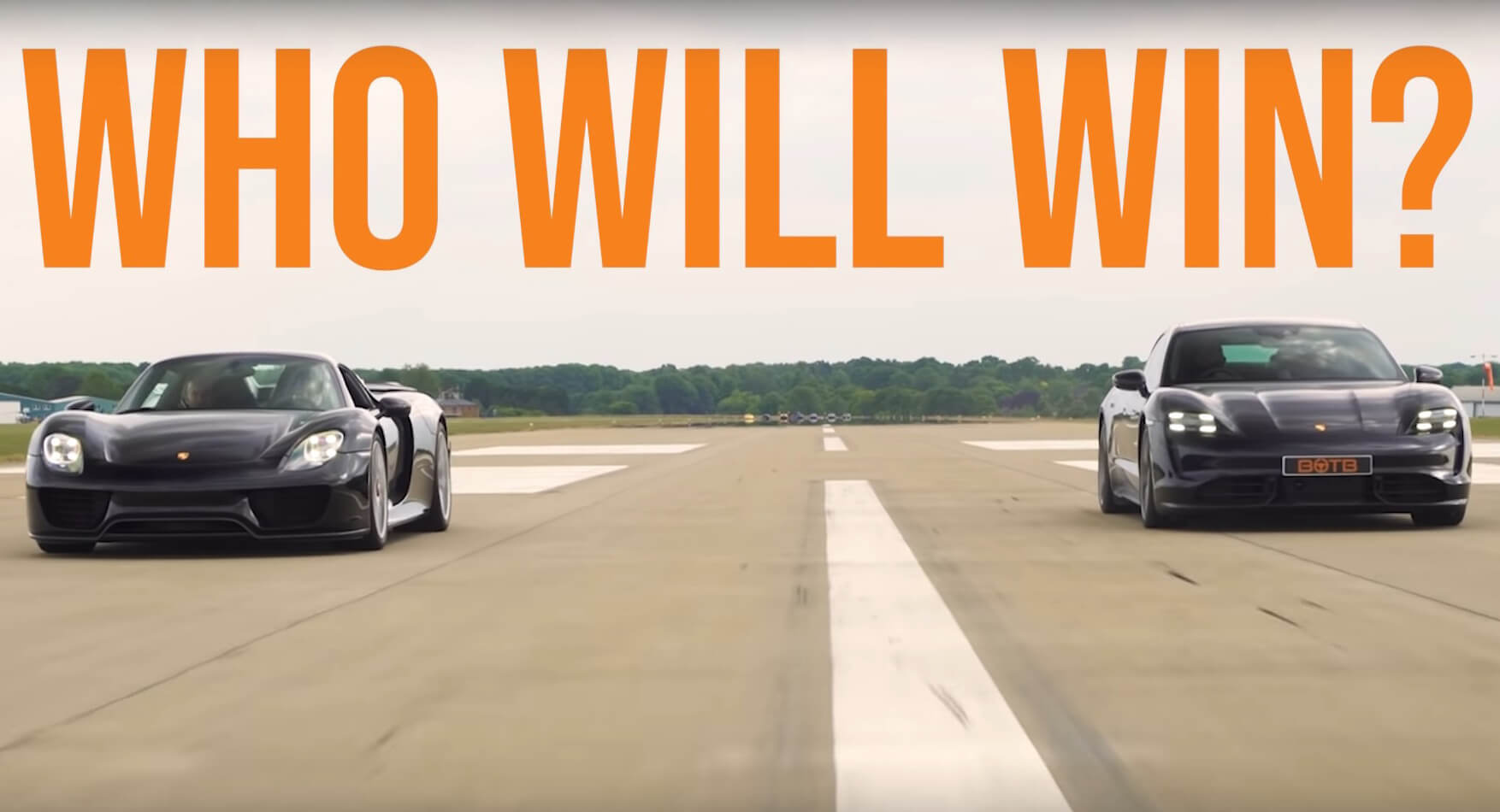For years, the Tesla Model S was the king of electric sedans but then the Porsche Taycan came along and the Turbo S quickly established itself as the quickest-acceleration electric sedan on the market. Fast forward to mid-2021 and the Tesla has reclaimed its crown.
The facelifted Model S range is now topped out by the tri-motor Plaid and Brooks from the DragTimes channel on YouTube recently took delivery of one. He has wasted no time in testing out its performance and recently headed to the drag strip to see how it compares to a Taycan Turbo S.
The Model S Plaid has a significant advantage over the Taycan Turbo S as it features three electric motors, whereas the Porsche has to make do with two. In addition, the Model S Plaid pumps out a combined 1,020 hp while the Taycan Turbo S tops out at 750 hp.
Watch Also: 1,100 HP Ford Mustang Shelby GT500 Shows Tesla Model S Plaid It’s Not Invincible
During the first race, the driver of the Tesla forgot to enable drag strip mode but even sο, it easily out-accelerated the Porsche and sprinted down the quarter-mile in just 9.67 seconds at 150.93 mph (242.9 km/h). The Porsche crossed the quarter-mile in 10.422 seconds, a very respectable time in its own right.
In the final race, the driver of the Model S Plaid correctly enables drag strip model and completes the standing quarter-mile in 9.344 seconds at 151.34 mph (243.6 km/h). Αs for the Porsche, it was over a second slower.
[embedded content]
For GREAT deals on a new or used Nissan check out McPhillips Nissan TODAY!
